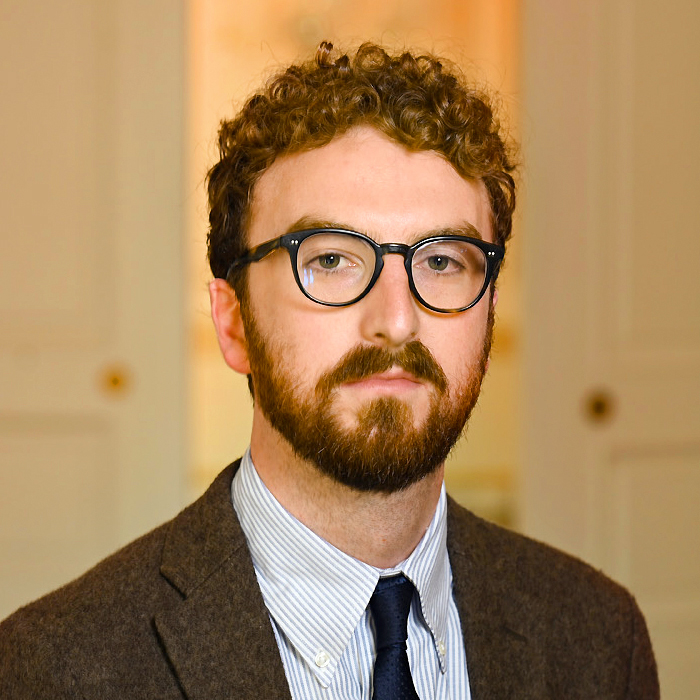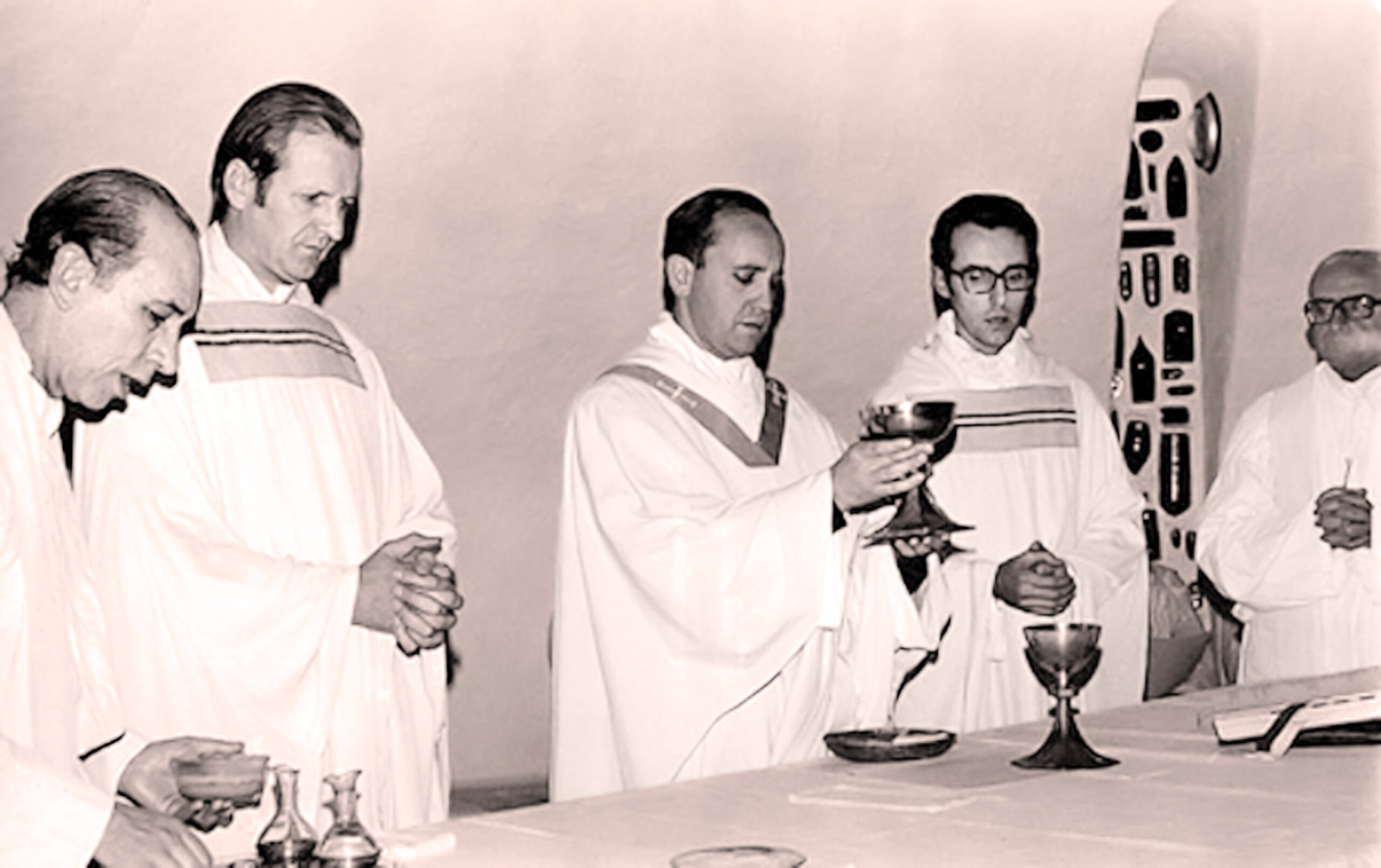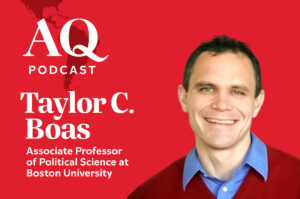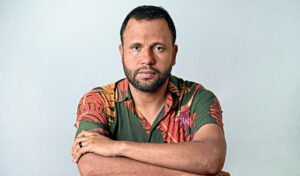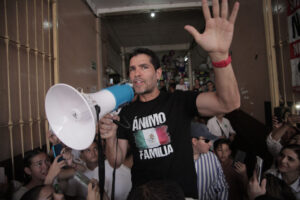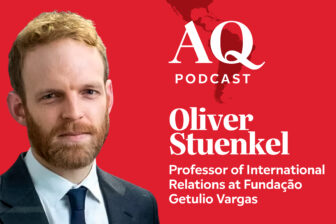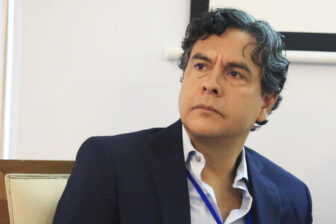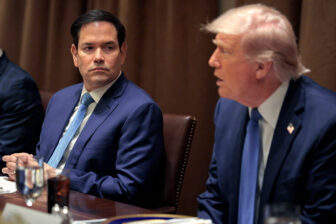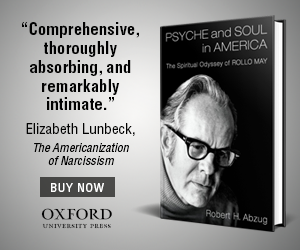This article is adapted from AQ’s special report on Guatemala
In 1927, Giovanni Angelo Bergoglio, an Italian peasant turned shopkeeper, bought a ticket for himself, his wife and his son to Argentina, aboard the SS Principessa Mafalda.
That voyage from Genoa would end in tragedy off the coast of Brazil, when the Principessa Mafalda sank, killing hundreds, in a disaster that would see the ship referred to as the “Italian Titanic.”
But the Bergoglios—the grandparents and father of the man who became Pope Francis—were not aboard. At the last minute, they opted to stay behind in order to finish selling their possessions, sailing to Argentina a year later. Francis, who died on Monday, April 21, recounts this story in Hope, his autobiography with Carlo Musso published earlier this year.
Their near escape from the doomed Principessa Mafalda was not the only way in which the Bergoglios were lucky. They found work at a family paving company and a precarious middle-class existence, while others among the millions of immigrants who came to Argentina from Italy and other countries “faced a tough, harsh reality, like a slap in the face.” In Hope, Francis connects this history with the global plight of modern-day migrants, condemning those who disclaim responsibility for the “tragedy of migration.” Francis’s final public address, on Easter Sunday, struck a similar note, condemning those who stir up “contempt” against migrants.
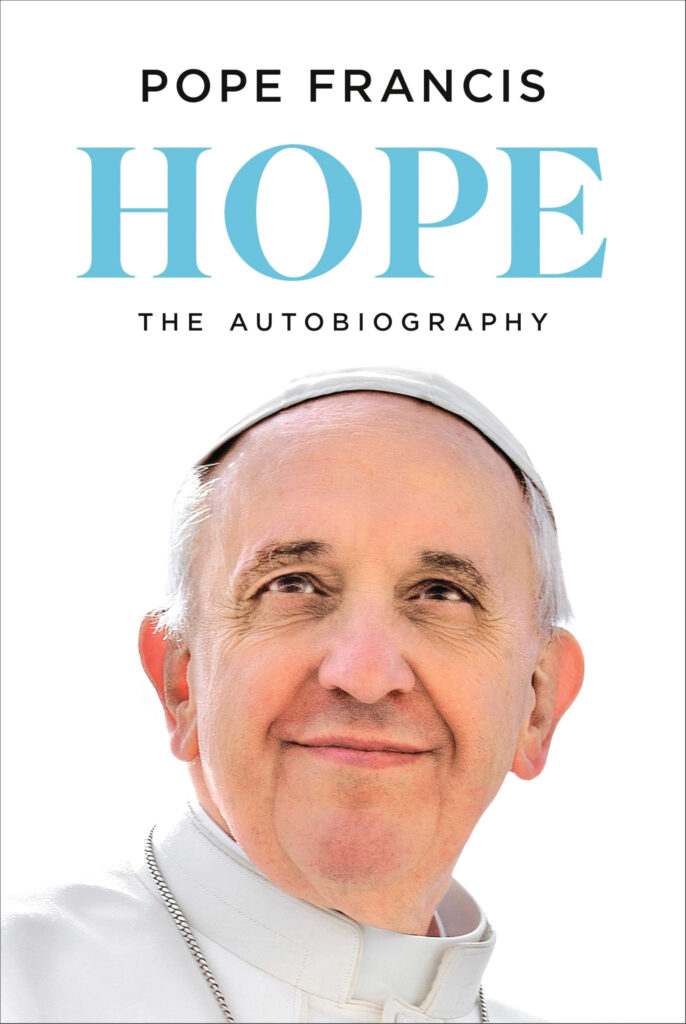
Hope: The Autobiography
Pope Francis with Carlo Musso
Translated by Richard Dixon
Literatura Random House
Paperback
320 pages
The Buenos Aires of Francis’ youth is described as a tolerant idyll. “Our family was always on excellent terms with the Jews,” he writes. “We had various Muslim friends.” Prostitutes who lived near the family’s house in the working-class Flores neighborhood were treated with understanding. This portrayal calls to mind the virtues championed by the modern Catholic Church, which since the 1960s reforms of the Second Vatican Council, has sought to be more compassionate and build ties with other religions. It’s a rosy picture of a 1940s Argentina where anti-Semitic nationalism was on the rise.
Francis and the Latin American left
Francis does write about conflict on the political front, and how his own conversion to Peronism set him on a collision course with his anti-Peronist family, including an uncle who irritated him so much on one occasion he picked up a soda siphon and sprayed him in the face with it (possibly the most Argentine method of settling an argument).
Francis was elevated to the papacy in 2013, after a decade-long wave of left-wing political victories in Latin America. As the first pope from the region—and the first from the outreach-focused Jesuit order—it seemed like another victory for the “pink tide” when he made migration, climate change and criticism of rapacious profit-making into key themes.
But 2013 proved to be the high-water mark of the pink tide—and Francis, like many left-wing leaders in Latin America, sometimes struggled to deliver on the change he promised, amid rising polarization between conservative and liberal tendencies in the Church.
He was criticized—including by parts of the Argentine left—for his actions as provincial superior of the Jesuit order in Argentina during the military dictatorship that ruled from 1976 to 1983, accused of essentially handing over two priests who were kidnapped by the dictatorship. In Hope, he repeats his longstanding denial of those accusations, arguing he “tried everything” to free the kidnapped Jesuits, appealing to Jorge Rafael Videla and Emilio Eduardo Massera, two leading figures in the dictatorship. But he also admits—without elaborating—that he “made many mistakes” during that time. The two Jesuits were released after five months.
Jumping between condemnations of indifference to human suffering and bittersweet memories from Francis’s youth, Hope is half sermon, half memoir. A fascinating window into the inner and outer life of an exceptionally powerful and beloved man, the book is at intervals moving, frank, and withholding. The text is peppered with references—films by Fellini and Rossellini, extracts from Eduardo Galeano. They suggest a wide-ranging erudition that, however, has its gaps: At one point, Francis appeals to sociologist Zygmunt Bauman to claim that community is “always a good thing.” But Bauman, in the work cited, in fact says that community is an unattainable ideal: “not, regrettably, available to us.”
The Church and Latin America
Francis writes that the Catholic Church in Latin America “is particularly lively in its music, its colors, in the subtleties that represent a wealth.” Anyone familiar with Catholic worship in the region and its diaspora can confirm this. But the Church is also struggling to maintain its flock. Catholics have dropped over the last three decades from 80% of Latin America to 54%, according to Latinobarómetro, as unbelief and evangelical Protestantism press in from opposing ends of the social-cultural spectrum.
In Hope, Francis sets out a vision for the Church’s future: He urges Catholic clergy to “[go] out on the streets,” while on hot-button cultural issues, he says that “tradition means moving forward” and homosexuality is “a human fact” that the Church must accept (though not celebrate). That position, which sounds conservative to many ears, remains highly controversial within large segments of the Church hierarchy—a division that is certain to figure in the choice of the next pope.
The book does not mention that Catholicism is losing ground in Latin America—nor does Francis offer much in the way of an answer to the question of why people in the region, and beyond, should follow the Catholic Church today. In focusing on defending the great legacies of the 1960s, like ecumenism and a revitalized social mission, Francis may have overlooked a key priority for Catholicism in a newly religiously competitive Latin America: survival. His successor may not have the luxury of doing the same.


